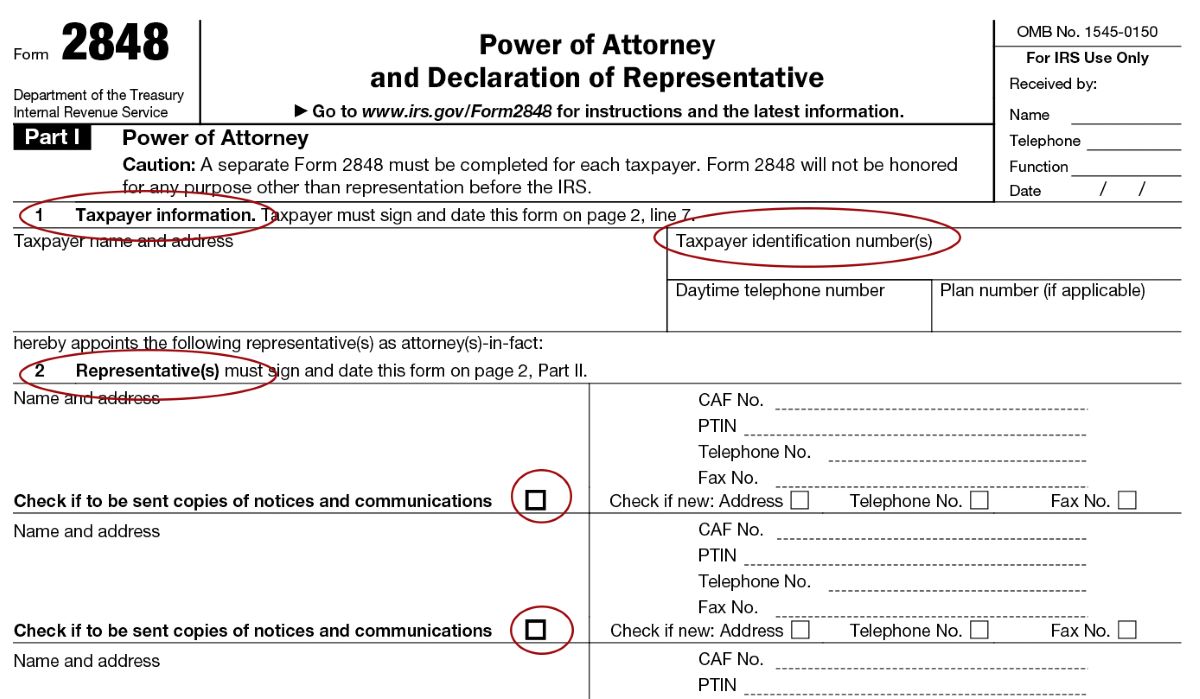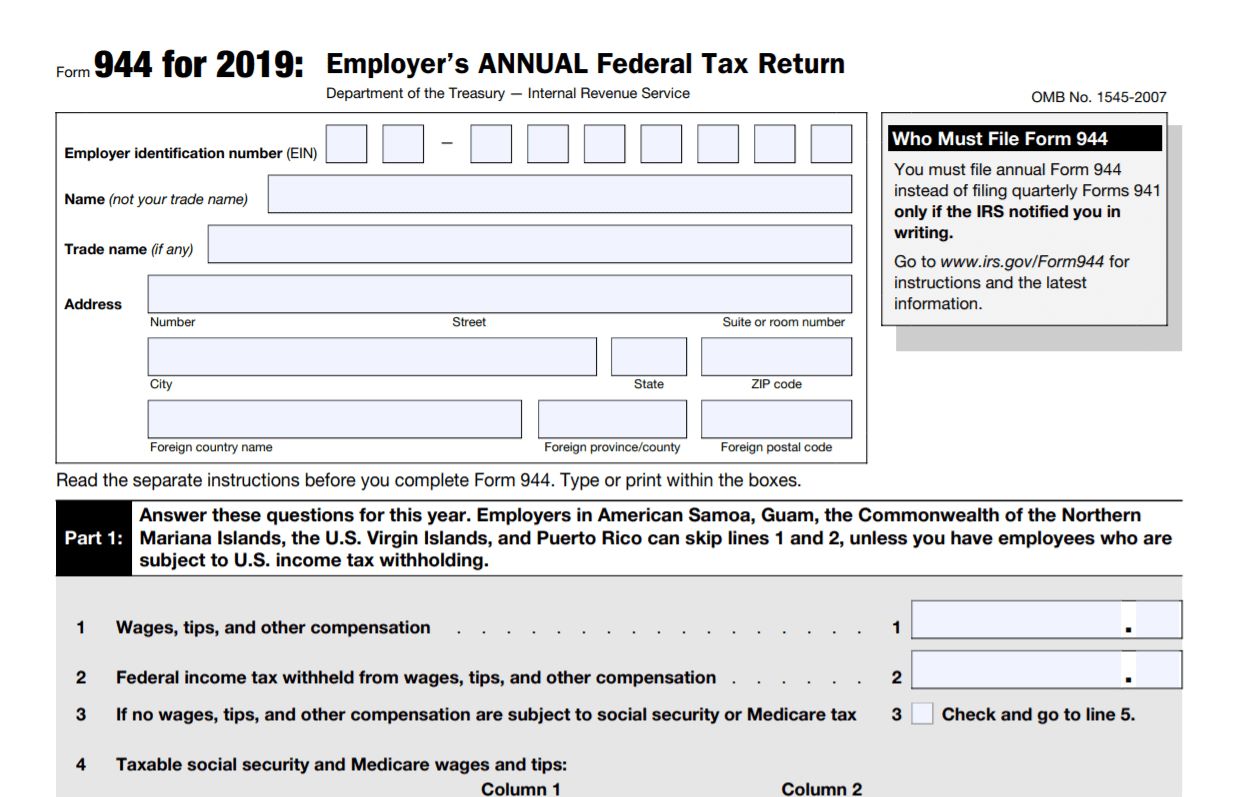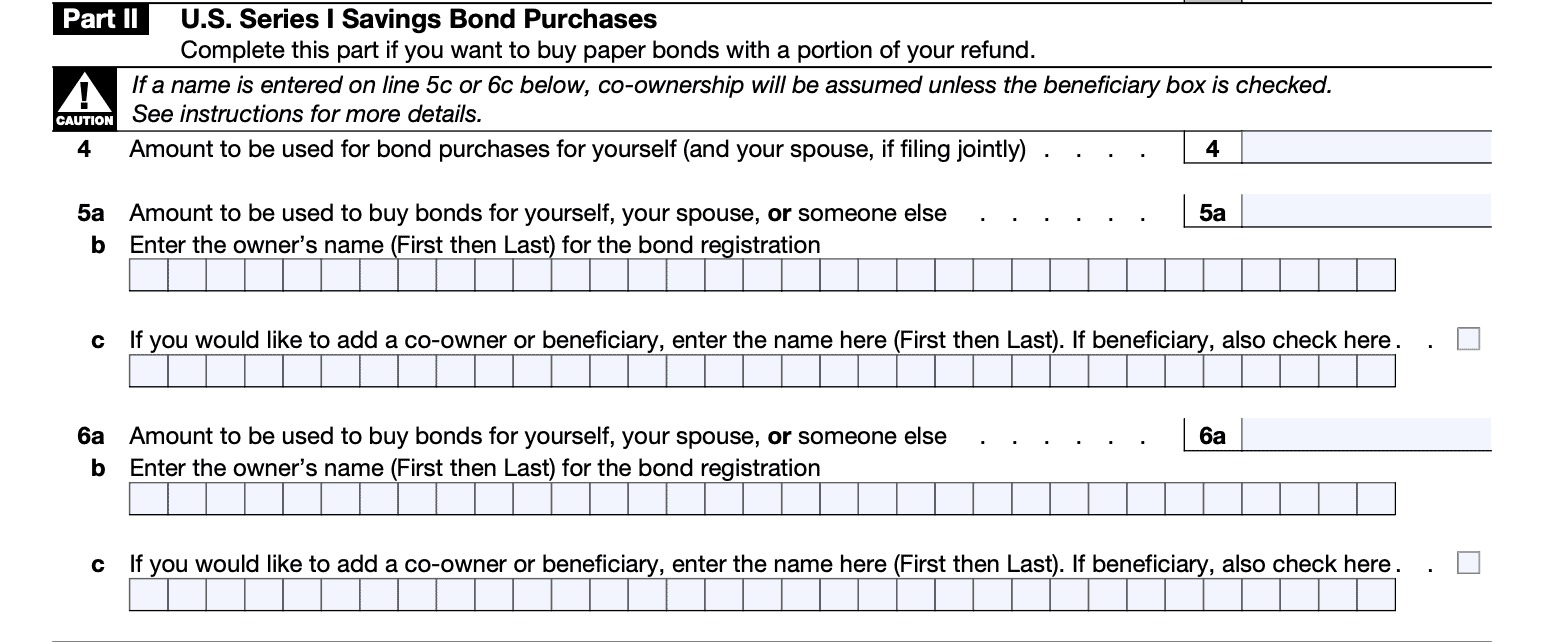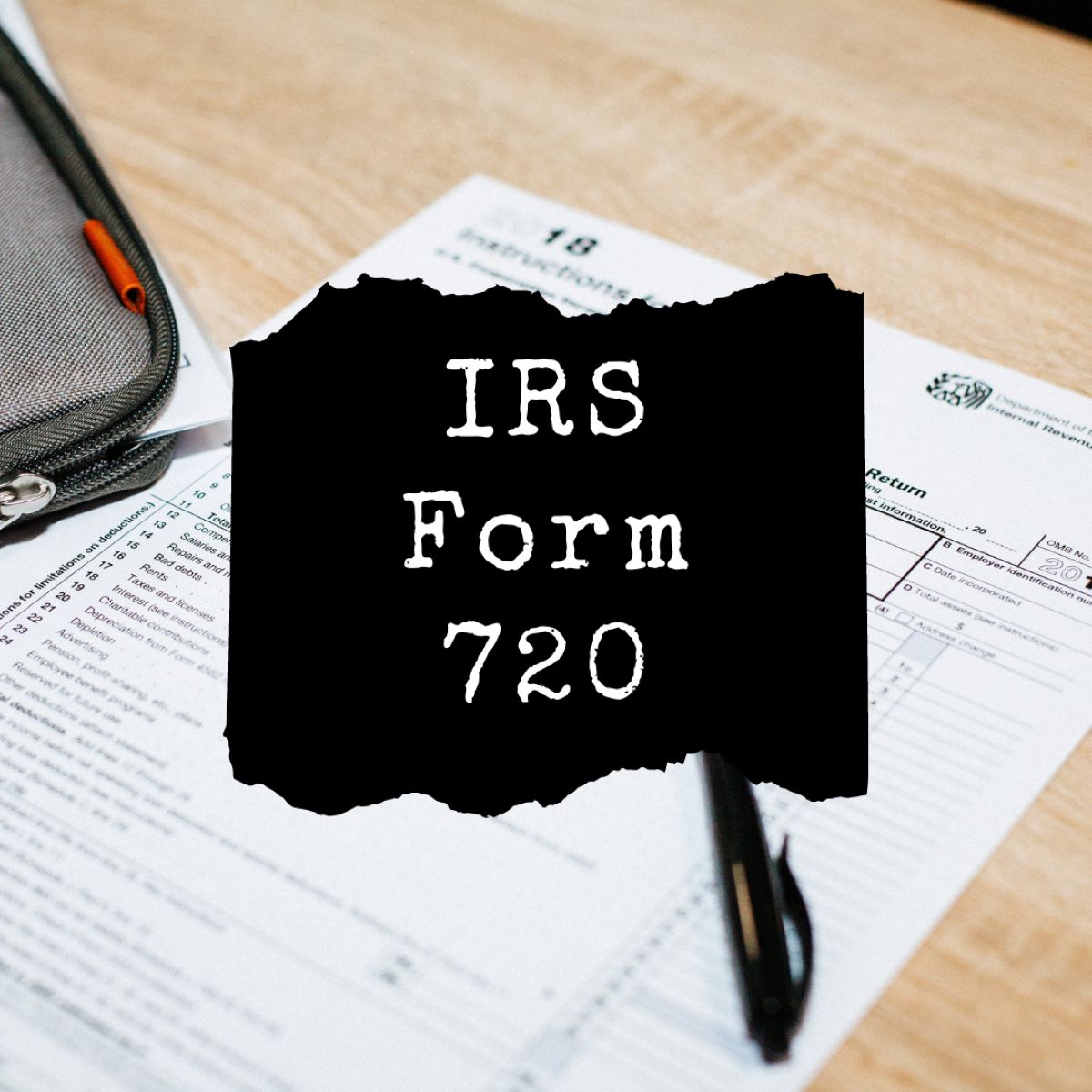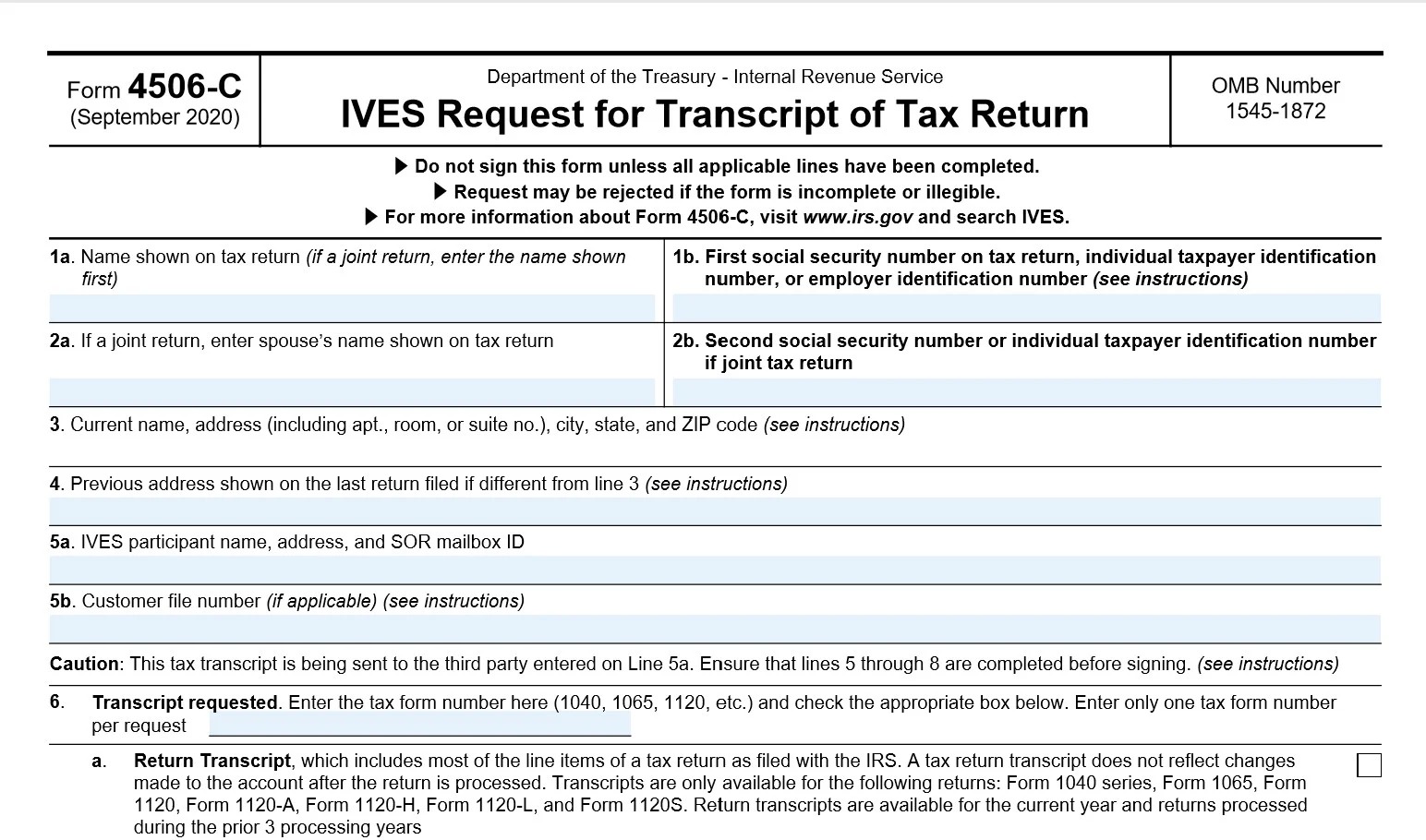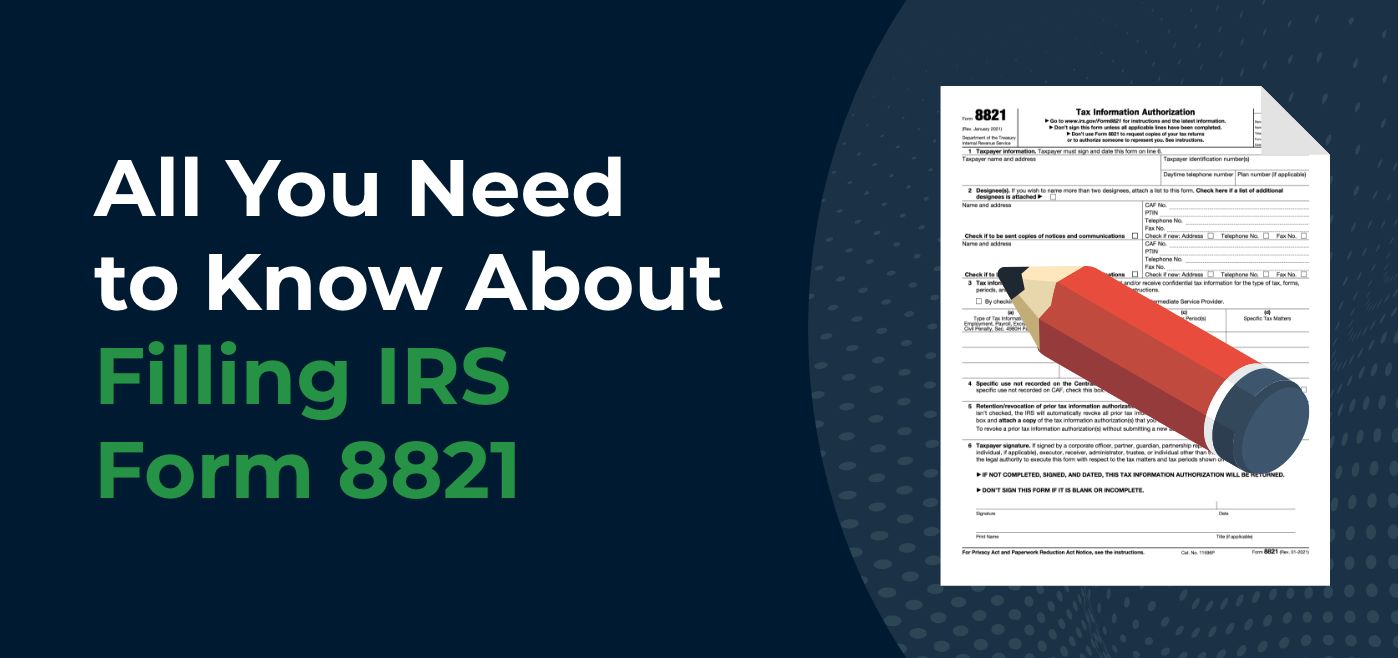

Finance
What Is IRS Form 1096 Used For?
Published: November 1, 2023
Learn about the purpose of IRS Form 1096 in finance. Understand how this form is used for reporting information on various types of payments.
(Many of the links in this article redirect to a specific reviewed product. Your purchase of these products through affiliate links helps to generate commission for LiveWell, at no extra cost. Learn more)
Table of Contents
Introduction
When it comes to managing your finances, it’s essential to stay organized and compliant with the Internal Revenue Service (IRS). As a part of their commitment to ensuring accurate reporting of income and taxes, the IRS requires various forms to be filed by individuals and businesses.
One such form that plays a crucial role in the reporting process is IRS Form 1096. This form acts as a summary and transmittal sheet for certain information returns filed with the IRS. Understanding the purpose and usage of IRS Form 1096 is important for taxpayers to avoid potential penalties and maintain compliance with tax regulations.
In this article, we will delve into the details of IRS Form 1096, including its purpose, when it should be used, the filing requirements, information required to be included, how to fill it out, important deadlines to be aware of, and the consequences of incorrectly filing the form.
By the end of this article, you will have a comprehensive understanding of IRS Form 1096 and its significance in the realm of tax reporting. So let’s dive in and demystify this essential document!
Purpose of IRS Form 1096
IRS Form 1096 serves as a summary and transmittal sheet for certain information returns that are filed with the IRS. It acts as a cover page for various types of forms, including Forms 1097, 1098, 1099, 3921, 3922, 5498, and W-2G.
The main purpose of IRS Form 1096 is to provide the IRS with a summary of the total number of information returns being filed, along with the corresponding totals for the amounts reported on those returns. Essentially, it is a way for the IRS to reconcile the information presented on the individual forms with the overall summary provided on Form 1096.
Form 1096 is typically used by businesses, employers, financial institutions, and other entities that are required to report specific types of income, payments, or transactions to the IRS. It ensures that the IRS receives accurate and timely information for tax purposes, allowing them to match the reported income and payments with the corresponding tax returns filed by taxpayers.
By consolidating the information on various forms into a single document, the IRS can more efficiently process and verify the data. This helps to streamline their operations and improve the accuracy of their records. It also facilitates the IRS’s ability to identify and address potential discrepancies, ensuring that taxpayers are complying with their tax obligations.
Overall, the purpose of IRS Form 1096 is to provide a comprehensive summary of various information returns filed with the IRS. It assists in the efficient processing of tax-related information, helps the IRS enforce tax compliance, and serves as a vital component of the overall tax reporting process.
When is IRS Form 1096 Used?
IRS Form 1096 is used when certain information returns, such as Forms 1097, 1098, 1099, 3921, 3922, 5498, and W-2G, are filed with the IRS. These forms are typically used to report income, payments, or transactions that fall under specific categories.
Here are some common scenarios in which IRS Form 1096 may be used:
- Businesses: If you operate a business and are required to report payments made to vendors, contractors, or other service providers, you will likely need to file Form 1096 along with the applicable information returns (e.g., Form 1099).
- Financial Institutions: Banks, credit unions, brokerages, and other financial institutions that report interest, dividends, or other financial transactions use Form 1096 in conjunction with the appropriate information returns.
- Employers: Employers must file Form 1096 when submitting Forms W-2G, which report certain gambling winnings, to the IRS.
- Real Estate Transactions: If you are involved in real estate transactions and need to report mortgage interest, property taxes, or other related payments, you will likely need to use Form 1096 along with the relevant information returns (e.g., Form 1098).
- Compensation and Benefits: Companies that provide non-employee compensation or certain employee benefits, such as stock options or employee stock purchase plans, may need to file Form 1096 along with the appropriate information returns (e.g., Forms 3921 or 3922).
It is essential to note that not all information returns require the use of IRS Form 1096. The specific instructions for each information return will indicate whether Form 1096 is necessary for filing.
When filing multiple information returns of the same type (e.g., multiple Forms 1099), you can combine them into a single submission and use one Form 1096 to summarize all the information. However, if you are filing different types of information returns (e.g., Forms 1099 and 1098), separate Form 1096s should be completed for each type.
By understanding the circumstances in which IRS Form 1096 is required, you can ensure compliance with reporting obligations and avoid potential penalties for failing to file the form when necessary.
Filing Requirements for IRS Form 1096
When it comes to filing IRS Form 1096, the specific requirements can vary based on factors such as the type of information returns being filed and the method of submission. Here are some key points to keep in mind:
- Type of Information Returns: IRS Form 1096 is generally required to be filed when submitting certain information returns, including Forms 1097, 1098, 1099, 3921, 3922, 5498, and W-2G. However, not all information returns require the use of Form 1096, so it’s important to review the specific instructions for each form to determine whether Form 1096 is necessary.
- Form Identification Number: When completing Form 1096, you will need to provide the form identification number for the information returns being summarized. This is typically found in the instructions for each specific form.
- Filing Method: The method of filing can impact the requirements for Form 1096. If you are filing paper forms, you must send a paper copy of Form 1096 along with the information returns to the appropriate IRS address. On the other hand, if you are filing electronically, you may not need to submit a physical Form 1096, as the electronic system will generate the necessary summary information.
- Timeliness: It is crucial to file IRS Form 1096 by the designated deadline. The deadline for filing Form 1096 is typically the same as the deadline for filing the related information returns. However, in some cases, there may be different deadlines based on the filing method or specific circumstances. It is essential to consult the instructions for each form and stay updated with any changes in filing deadlines.
- Accurate and Complete Information: When filling out IRS Form 1096, it is important to ensure that all required information is accurately entered. This includes the total number of forms being filed, the aggregate amount of payments or transactions, and any other details requested on the form. Failure to provide accurate and complete information could result in processing delays or potential penalties.
It is important to note that the filing requirements for IRS Form 1096 are subject to change, and it is always recommended to refer to the most current instructions provided by the IRS. By understanding and adhering to the specific filing requirements, you can ensure compliance and avoid any complications or penalties associated with the filing of IRS Form 1096.
Information Required on IRS Form 1096
When filling out IRS Form 1096, there is specific information that you must provide to accurately complete the form. Here are the key pieces of information required on Form 1096:
- Submitter’s Information: You will need to start by providing your own information as the submitter of Form 1096. This includes your name, address, city or town, state, ZIP code, and telephone number. Make sure to enter this information accurately and legibly.
- Entity’s Information: If you are filing on behalf of a business or entity, you will need to provide the business name, address, city or town, state, ZIP code, and the entity’s identification number (such as an Employer Identification Number or Social Security Number).
- Total Number of Forms: You must enter the total number of information returns that are being summarized on Form 1096. This includes the total count of each type of form being filed, such as Forms 1097, 1098, 1099, 3921, 3922, 5498, or W-2G.
- Total Amounts: Along with the form count, you need to provide the total amounts reported on the information returns. This includes the aggregate amount of payments, transactions, or income reported on the forms being filed.
- Type of Return: You should indicate the specific type of return being filed on Form 1096. This includes selecting the appropriate box that corresponds to the type of form being summarized.
- Payer’s Name and TIN: For each type of information return being filed, you must provide the payer’s name and taxpayer identification number (TIN). This information helps the IRS match the summary on Form 1096 with the individual forms being filed.
- Additional Information: Depending on the specific information returns being filed, there may be additional information required on Form 1096. For example, if you are reporting real estate transactions on Form 1098, you may need to provide the address, county, and property identification number.
It is crucial to accurately and legibly enter all the required information on Form 1096. Any errors or incorrect information can result in processing delays or potential penalties. Therefore, it is recommended to review the instructions provided by the IRS for Form 1096 and double-check all the information before submitting the form.
By ensuring that all the necessary information is included on IRS Form 1096, you can facilitate the accurate processing and matching of the information returns filed with the IRS.
How to Fill Out IRS Form 1096
Filling out IRS Form 1096 may seem intimidating at first, but by following a step-by-step approach, you can accurately complete the form. Here are the essential steps to help you fill out Form 1096:
- Download Form 1096: Start by downloading IRS Form 1096 from the official IRS website. Ensure that you have the most up-to-date version of the form.
- Provide Submitter Information: Begin by filling out the submitter’s information, including your name, address, city or town, state, ZIP code, and telephone number. Double-check the accuracy of this information before moving on.
- Enter Entity Information: If you are filing on behalf of a business or entity, provide the name, address, city or town, state, ZIP code, and the entity’s identification number (such as an Employer Identification Number or Social Security Number).
- Indicate Type of Return: Check the appropriate box that corresponds to the type of return being filed. This will indicate the specific form being summarized on Form 1096.
- Enter Total Number of Forms: Fill in the total number of each type of information return that is being summarized on Form 1096. This includes forms such as 1097, 1098, 1099, 3921, 3922, 5498, or W-2G. Be sure to accurately count the number of each form being filed.
- Provide Total Amounts: Enter the total amounts reported on the information returns. This includes the combined amount of payments, transactions, or income reported on all the forms being filed.
- Complete Payer’s Name and TIN: For each type of information return being filed, provide the payer’s name and taxpayer identification number (TIN). Ensure that this information matches the individual forms being filed.
- Include Additional Information: Depending on the specific information returns being filed, there may be additional information required on Form 1096. For example, if you are reporting real estate transactions on Form 1098, include the address, county, and property identification number.
- Review and Sign: Double-check all the information entered on Form 1096 to ensure accuracy. Once you are satisfied with the form, sign and date it in the designated areas. Keep a copy for your records.
Remember, it is crucial to review the instructions provided with IRS Form 1096 for any additional requirements or specific guidelines. By following the correct steps and accurately filling out the form, you can ensure smooth processing and compliance with IRS regulations.
Important Deadlines for IRS Form 1096
To stay compliant with IRS requirements, it is crucial to be aware of the deadlines for filing IRS Form 1096. The deadlines can vary depending on the type of information returns being filed and the method of submission. Here are some important deadlines to keep in mind:
- General Filing Deadline: In most cases, the deadline for filing IRS Form 1096 is the same as the deadline for filing the related information returns. This means that if you are required to file Forms 1097, 1098, 1099, 3921, 3922, 5498, or W-2G, you should file Form 1096 by the same due date.
- Electronic Filing: If you choose to file your information returns electronically, the deadline for filing Form 1096 may be different. Generally, electronic filers have until March 31st of the year following the calendar year to submit the information returns and Form 1096.
- Correction or Amended Returns: If you discover an error or need to make corrections to previously filed information returns, there are specific deadlines to follow. Amended returns should be submitted as soon as possible after the error is discovered, and Form 1096 should accompany the corrected returns.
- Extension Requests: If you are unable to file IRS Form 1096 by the deadline, it is possible to request an extension. However, it is essential to note that an extension to file does not extend the deadline for providing individuals with their copies of the information returns. Consult the IRS instructions for each form to understand the guidelines and requirements for extension requests.
- State Filing Deadlines: In addition to federal deadlines, it is important to be aware of any state-specific filing deadlines for information returns. Some states may have different due dates or requirements for filing Form 1096 along with the state-specific information returns.
It is crucial to closely adhere to the filing deadlines to avoid any potential penalties or late fees. Failure to file Form 1096 and the related information returns by the appropriate deadline could result in penalties imposed by the IRS or other tax authorities.
As the deadlines may change or vary depending on the specific circumstances, it is recommended to consult the most up-to-date instructions provided by the IRS and stay informed about any changes in filing deadlines.
Consequences of Incorrectly Filing IRS Form 1096
Accurate and timely filing of IRS Form 1096 is essential to ensure compliance with tax regulations and avoid potential consequences. Failing to properly complete and file the form can result in a range of negative outcomes. Here are some of the potential consequences of incorrectly filing IRS Form 1096:
- Potential Penalties: If you fail to file Form 1096 by the specified deadline or if the form contains errors, you may be subject to penalties imposed by the IRS. These penalties can vary depending on factors such as the type of information return and the duration of the delay or error. Penalties can range from a few hundred dollars to thousands of dollars per form.
- Processing Delays: Errors or omissions on Form 1096 can lead to processing delays by the IRS. This can impact the overall processing time of your tax-related documents and potentially cause disruptions in other areas of your financial activities.
- Inaccurate Reporting: Incorrectly filing Form 1096 can result in inaccurate reporting of income, payments, or transactions to the IRS. This can lead to discrepancies between your filed tax return and the information reported by third parties, increasing the risk of an IRS audit or inquiry.
- Loss of Deductions or Credits: Incorrect information reported on Form 1096 may impact your ability to claim deductions or credits properly. Inaccurate reporting can result in the misclassification of income or expenses, potentially leading to the loss of valuable tax benefits.
- Reconciliation Issues: Form 1096 acts as a summary and transmittal sheet for information returns filed with the IRS. If the information reported on individual forms does not match the summary provided on Form 1096, it can create reconciliation issues for the IRS. This may prompt further scrutiny of your tax filings and increase the likelihood of an audit.
It is essential to review the instructions provided by the IRS for Form 1096 and ensure the accurate completion and timely filing of the form. If you discover errors or omissions after filing, it is important to promptly file amended returns and correct any inaccuracies.
By diligently fulfilling your obligations in regards to IRS Form 1096, you can avoid potential penalties, minimize processing delays, and maintain compliance with tax regulations.
Conclusion
IRS Form 1096 plays a vital role in the reporting process for certain information returns filed with the IRS. By serving as a summary and transmittal sheet, it helps ensure accurate reporting of income, payments, and transactions. Understanding the purpose, usage, filing requirements, and important deadlines for IRS Form 1096 is crucial for maintaining compliance with tax regulations and avoiding potential penalties.
When using IRS Form 1096, it is important to provide accurate and complete information, including the total number of forms being filed and the corresponding amounts reported. Double-checking the information and reviewing the specific instructions for each information return will help ensure the form is filled out correctly.
Failing to properly complete and file IRS Form 1096 can have significant consequences, including potential penalties, processing delays, inaccurate reporting, and reconciliation issues. It is important to be aware of these potential consequences and strive for accuracy and timeliness in submitting the form.
In conclusion, IRS Form 1096 is a critical component of the tax reporting process. By understanding its purpose, following the filing requirements, meeting important deadlines, and accurately completing the form, individuals and businesses can fulfill their obligations to the IRS, maintain compliance with tax regulations, and ensure the smooth processing of their tax-related information.
